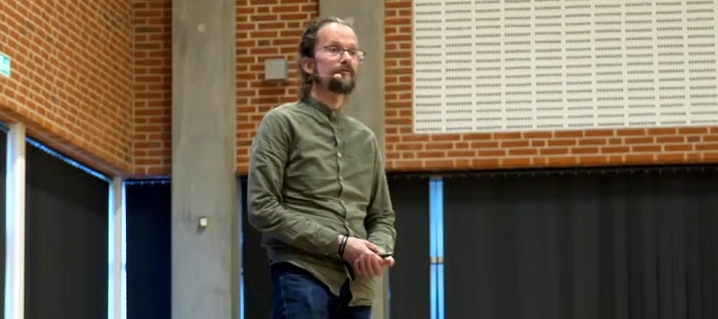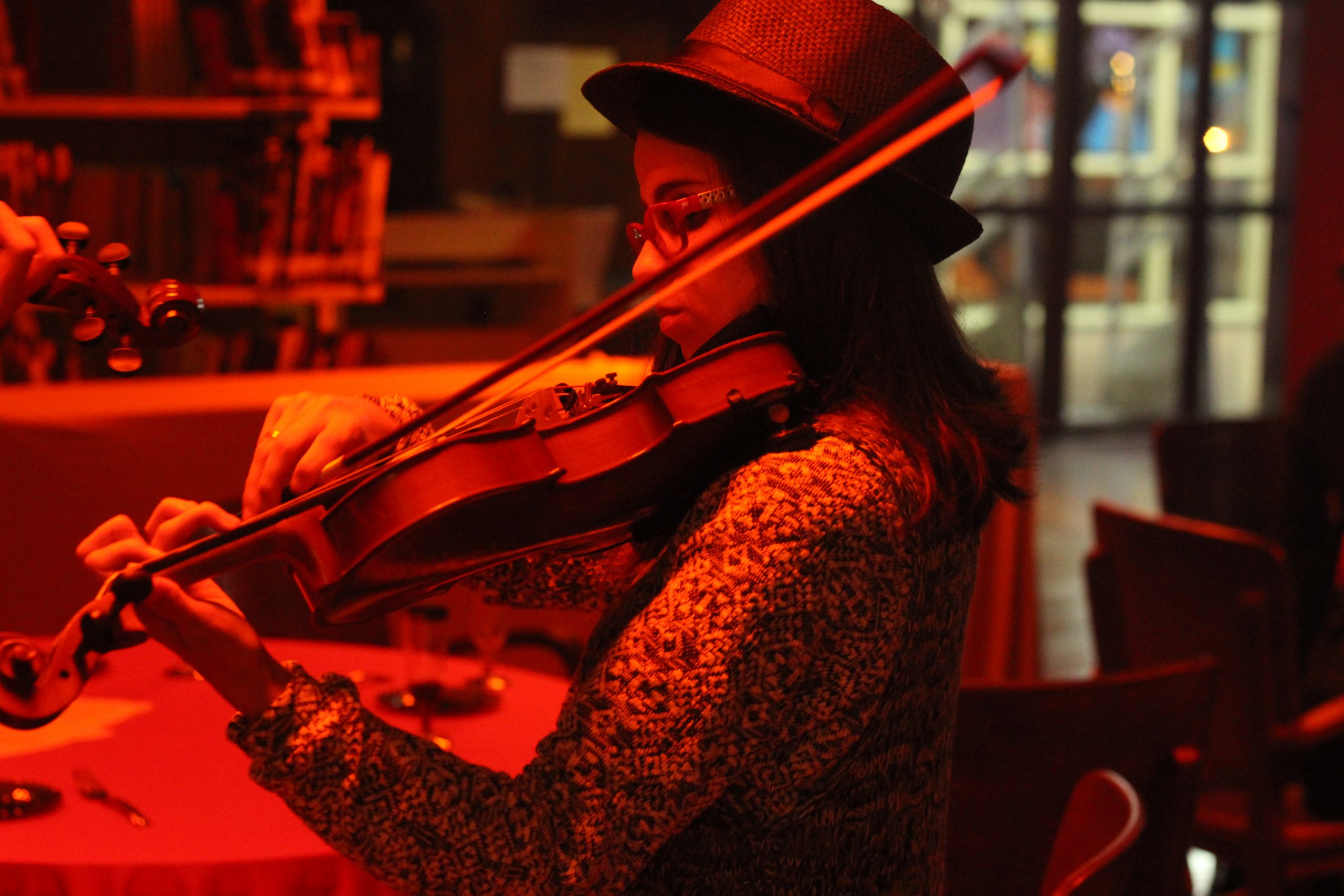Tag: Larp Design
-

The Descriptor Model
in
How do you successfully communicate about your larp so as to to get the right participants with the right expectations? Here’s a model for classifying and describing larps.
-

Rules, Trust, and Care: the Nordic Larper’s Risk Management Toolkit
in
This article discusses how to come to terms with the fact that risks at larps cannot be eliminated, and how to manage them instead.
-

How to Do Night Scenes
in
There is so much potential in night-time scenes. Who wouldn’t love to be dragged from their bed by a monster, or woken by a ghost’s gentle touch? But, they tend to turn anticlimactic. Here’s a solution that can get these scenes to work for you.
-

Strings and Rails: NPCs vs. Supporting Characters
in
NPCs are tools for larp designers to set specific events in motion. Sometimes, the presence of NPCs with complex personalities is beneficial.
-

Designing the Designer
in
Every aspect of larp can be designed for particular effect. This article argues that this applies to the person of the designer as well.
-

Player Limitations and Accessibility in Larp
in
Accessibility is about looking out for people. Thinking about accessibility signals to players that they are explicitly included.
-

Elements of Larp Design
in
What is it larp designers actually design? How do players actually respond to design decisions? Are there any truths that apply to all the different kinds of larp design? Eirik Fatland presents his unpublished yet influential mid-level theory.
-

Description of Larps using Textual Parameters
in
At The Smoke, larps submitted for the programme are described by answering a set of questions about various aspects of their design.
-

Documentation of Larp Design
Eight types of design-relevant larp documents with different purposes aimed at distinct audiences.
-

The Use of Music as a Magical Element for the Larp Experience
The experiences and thoughts of the Brazilian group Confraria des Ideias on the use of music as an element in larp design.